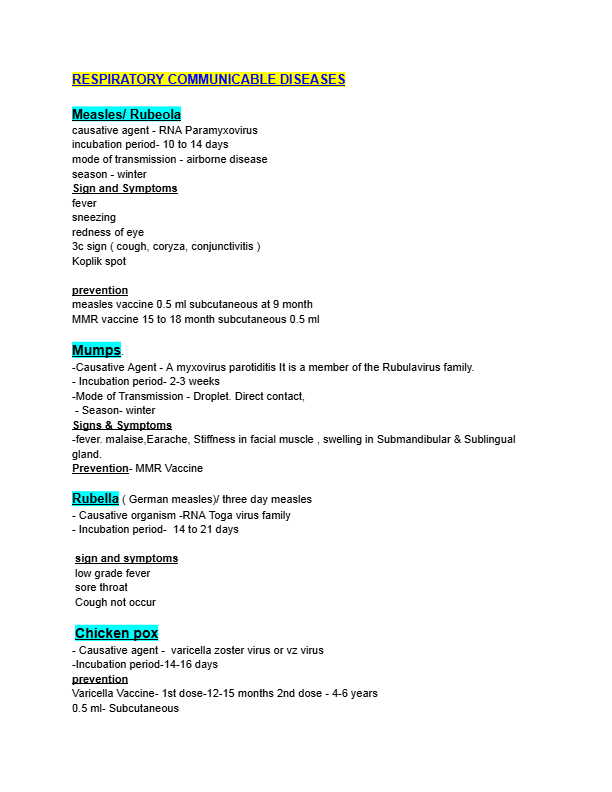Adverse Drug Reaction (ADR)
swaraj barik
#poet #writer I live with pride and self-respect.Writing is not my profession but my addiction . Medical Consultant,NursingStaff onlinemedical tutor
Brief information about Adverse Drug Reaction (ADR)
Adverse Drug Reaction (ADR)
1. Introduction to Adverse Drug Reactions (ADR)
Definition
An Adverse Drug Reaction (ADR) is any harmful, unintended, or undesired effect of a drug that occurs at normal therapeutic doses used for prevention, diagnosis, or treatment of diseases.
According to WHO (World Health Organization):
> "ADR is a response to a drug that is noxious and unintended, occurring at doses normally used in humans for prophylaxis, diagnosis, or therapy of disease, or for the modification of physiological function."
Importance of ADR Monitoring
ADRs are one of the leading causes of hospital admissions and patient morbidity.
Many new drugs may have unknown ADRs, requiring continuous monitoring.
ADRs increase healthcare costs due to prolonged treatment or hospitalization.
Early detection and reporting can prevent severe complications.
2. Classification of ADRs
A. WHO Classification of ADRs
1. Type A (Augmented) – Predictable and dose-dependent
Occurs due to exaggeration of drug’s pharmacological action.
Example:
Hypoglycemia due to excess insulin.
Hypotension due to excessive antihypertensives.
2. Type B (Bizarre) – Unpredictable, dose-independent, and idiosyncratic
Caused by genetic factors or immunological reactions.
Example:
Anaphylaxis due to penicillin.
Steven-Johnson syndrome due to sulfonamides.
3. Type C (Chronic Use ADRs) – Due to long-term drug use
Example:
Corticosteroid-induced osteoporosis.
Nephrotoxicity from long-term NSAID use.
4. Type D (Delayed ADRs) – Appears long after drug exposure
Example:
Carcinogenic effects of some chemotherapeutic drugs.
Teratogenic effects of thalidomide.
5. Type E (End-of-use ADRs) – Occurs upon sudden discontinuation of a drug
Example:
Opioid withdrawal syndrome.
Adrenal insufficiency after stopping steroids suddenly.
6. Type F (Failure of Therapy ADRs) – Unexpected failure of drug to work
Example:
Antibiotic resistance due to misuse.
Failure of oral contraceptives with enzyme-inducing drugs.
B. Mechanistic Classification of ADRs
1. Pharmacological ADRs – Due to exaggeration of drug action.
Example: Sedation with antihistamines.
2. Hypersensitivity Reactions – Allergic or immune-mediated reactions.
Example: Anaphylaxis due to penicillin.
3. Idiosyncratic Reactions – Genetic enzyme defects or unknown causes.
Example: Hemolysis in G6PD deficiency with sulfonamides.
4. Drug-Drug Interactions (DDIs) – Interaction between two or more drugs.
Example: Warfarin + Aspirin = Increased bleeding risk.
5. Drug-Food Interactions – Interaction between drug and dietary components.
Example: Grapefruit juice increases drug toxicity (e.g., statins).
3. Common Examples of ADRs and Affected Systems
4. Risk Factors for ADRs
A. Drug-Related Factors
Dose: Higher doses increase the risk.
Duration of use: Long-term drugs may cause toxicity.
Route of administration: IV drugs have higher ADR risks.
Drug interactions: Combining multiple drugs can cause severe ADRs.
B. Patient-Related Factors
Age:
Elderly → Reduced metabolism, higher toxicity risk.
Children → Immature liver/kidneys, increased sensitivity.
Gender: Women are more susceptible to ADRs.
Genetics: Enzyme polymorphisms affect drug metabolism.
Comorbidities: Liver/kidney disease affects drug clearance.
5. Detection and Monitoring of ADRs
A. Methods of ADR Detection
1. Spontaneous Reporting Systems (SRS)
Healthcare professionals report ADRs voluntarily.
Example: Pharmacovigilance Programme of India (PvPI).
2. Causality Assessment
WHO-UMC scale (Certain, Probable, Possible, Unlikely).
Naranjo Algorithm (ADR probability score).
3. Active Surveillance
Prescription Event Monitoring (PEM) – Tracks drug effects post-marketing.
Electronic Health Records (EHRs) – Detect ADRs automatically.
6. Management of ADRs
A. General Principles
Stop the suspected drug if severe ADR occurs.
Dose modification for mild ADRs.
Symptomatic treatment (e.g., antihistamines for rashes).
Alternative drug therapy if needed.
B. Treatment Strategies
1. For Type A ADRs
Lower the dose or adjust administration.
Example: Reduce opioid dose to prevent constipation.
2. For Type B ADRs
Immediate discontinuation of the drug.
Anti-allergic medications (e.g., antihistamines, corticosteroids).
3. For Type C ADRs
Monitor long-term effects.
Example: Use bone-protective agents with corticosteroids.
4. For Type D ADRs
Regular screening for delayed effects (e.g., cancer screening).
5. For Type E ADRs
6 Gradual tapering to avoid withdrawal symptoms.
7. Pharmacovigilance & ADR Reporting
A. Pharmacovigilance Programme of India (PvPI)
Launched by CDSCO in 2010.
Aim: Detect, assess, prevent, and report ADRs.
B. ADR Reporting Methods
Healthcare professionals (doctors, nurses, pharmacists).
ADR Monitoring Centers (AMCs) under PvPI.
Online reporting via CDSCO & WHO UMC.
8. Conclusion
Adverse Drug Reactions (ADRs) are a major challenge in pharmacotherapy and require active monitoring, reporting, and management to ensure safe and effective drug use. Pharmacovigilance programs play a crucial role in reducing ADR-related complications.

